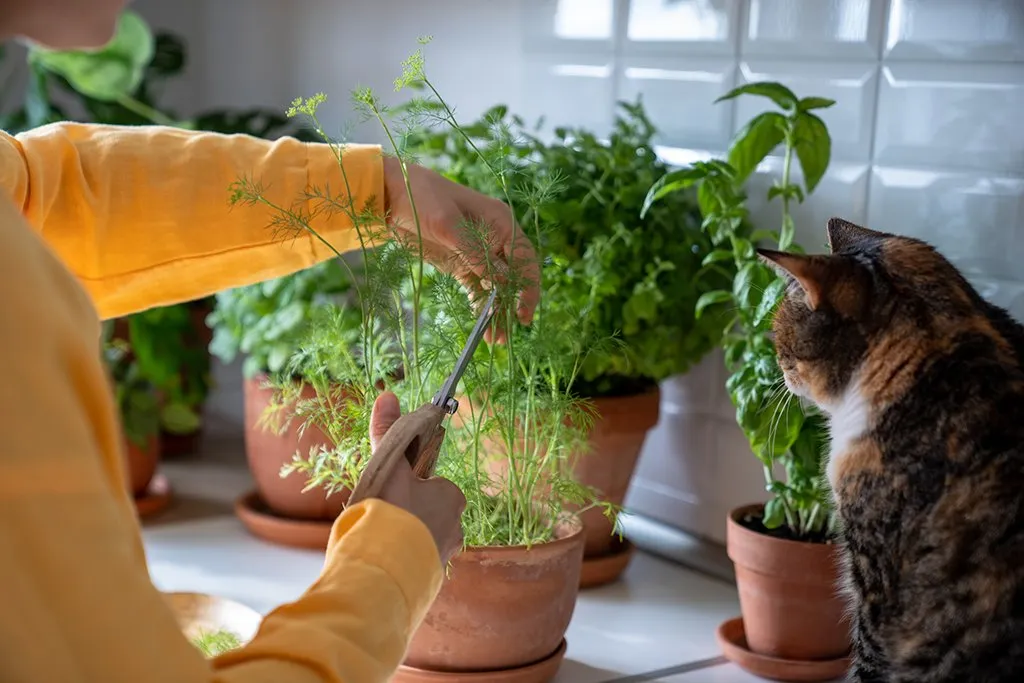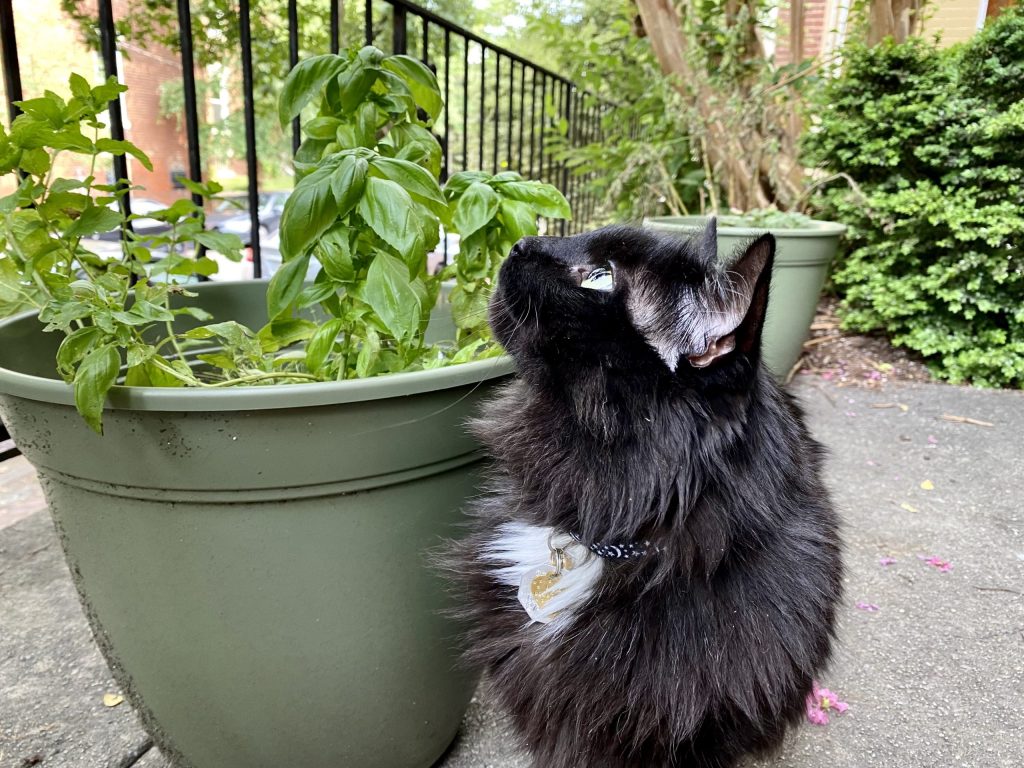
Making our kitty friends safe requires more than simply food, cover, and affection. Many owners of cats ignore the need to make sure their pets may safely live among the plants safe for cats in their houses and gardens. While some plants are harmless, some could be poisonous and endanger cats’ health greatly. These are some typical errors to avoid while choosing safe plants for pets.
Relying solely on common knowledge
Many owners of cats believe that all common house plants are safe for their animals. One can find great risk in this assumption. For instance, although some plants are well-known to be poisonous, others might not be clearly regarded as such. One should undergo extensive study instead of depending just on common knowledge or anecdotal evidence.
Ignoring Symptoms of Toxicity
Ignoring the plant toxicity symptoms is another error. It would be simple to write off a cat’s symptoms of anxiety following interaction with a plant as unconnected problems. Still, signs including vomiting, diarrhea, lethargy, or behavioral changes point to anything dangerous a cat has consumed. Watch your cat carefully and be alert about her health. If any alarming signs develop, get veterinary help right away since early intervention greatly affects results.

Overlooking the Environment
One should take the surroundings into great account while choosing plants for a house with cats. While certain plants might be safe, their location might cause accidents. For a curious cat, hanging plants could be irresistible for swat-at or perhaps climbing. Similarly, certain plants may lose leaves or blossoms that can cause choking problems. Think about your cat’s behavior and the plant’s accessibility.
Neglecting to Monitor Plant Care
At last, many owners of cats overlook how closely plant maintenance affects pet safety. Using fertilizers, pesticides, or herbicides might make even safe plants dangerous for cats. Choose pet-safe products always when tending to plants. Furthermore, make sure that plants are kept free from mold, which may also endanger health. Maintaining safe surroundings depends on constant observation of pet behavior as well as plant condition.
Finding plants safe for cats requires both deliberate thought and preventative action. Cat owners can make a safer house for their animals by avoiding common blunders such as depending on common knowledge, disregarding indicators of toxicity, overlooking environmental concerns, and neglecting appropriate plant maintenance. Making wise decisions and being alert can help you to appreciate the beauty of plants and make sure your pet stays healthy and content.








